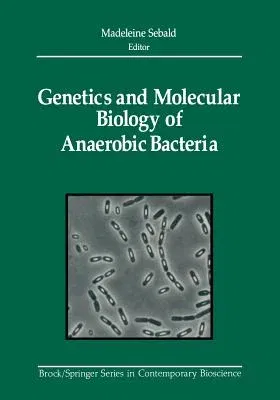Genetics and Molecular Biology of Anaerobic Bacteria (Softcover Reprint of the Original 1st 1993)Paperback - Softcover Reprint of the Original 1st 1993, 12 December 2012

Qty
1
Turbo
Ships in 2 - 3 days
In Stock
Free Delivery
Cash on Delivery
15 Days
Free Returns
Secure Checkout
Part of Series
Brock Springer Contemporary Bioscience
Part of Series
Brock Springer Series in Contemporary Bioscience
Print Length
705 pages
Language
English
Publisher
Springer
Date Published
12 Dec 2012
ISBN-10
1461570891
ISBN-13
9781461570899
Description
Product Details
Book Edition:
Softcover Reprint of the Original 1st 1993
Book Format:
Paperback
Country of Origin:
NL
Date Published:
12 December 2012
Dimensions:
25.4 x
17.78 x
3.71 cm
ISBN-10:
1461570891
ISBN-13:
9781461570899
Language:
English
Location:
New York, NY
Pages:
705
Publisher:
Weight:
1247.38 gm

